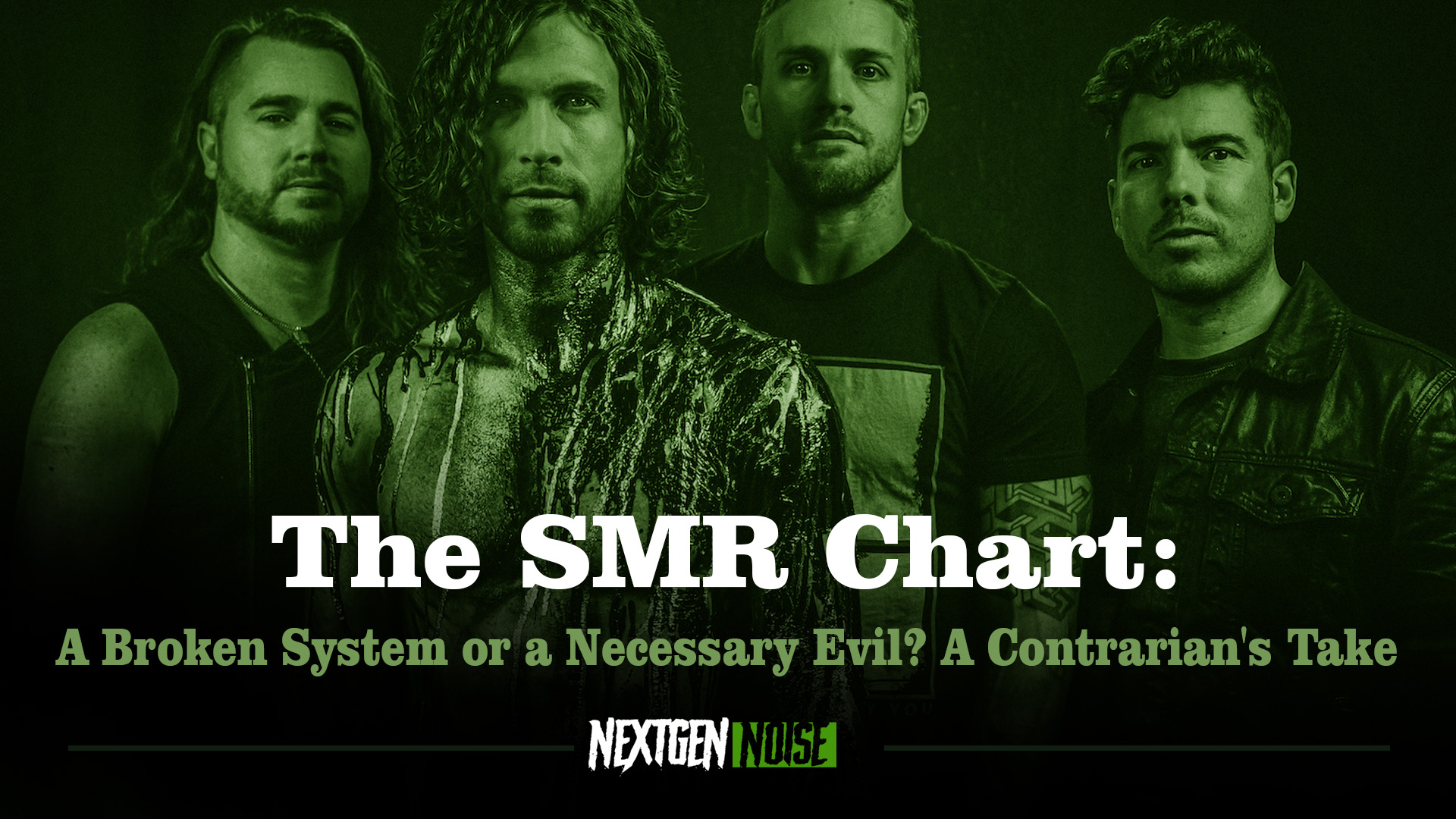
Let's talk about the Secondary Market Rock (SMR) chart, the underbelly of the rock scene that the mainstream industry would rather sweep under the rug. Is it a flawed, outdated relic or a crucial lifeline for independent artists fighting for recognition? As a contrarian who's always questioned the status quo, I'm here to dissect this contentious chart and offer my unfiltered take.
The SMR chart, for those unfamiliar, tracks rock radio airplay beyond the major markets, capturing the pulse of smaller stations and independent artists. While the Billboard charts often prioritize major label darlings, the SMR provides a glimpse into the vibrant underground scene where true rock 'n' roll grit thrives.
Looking at the week of July 2nd, the SMR chart featured a diverse mix of established acts and rising stars. Billy Morrison, Ozzy Osbourne, and Steve Stevens' "Crack Cocaine" reigned supreme, showcasing the enduring appeal of rock legends. However, it was refreshing to see bands like Sleep Theory, From Ashes to New, and Fame On Fire hot on their heels, proving that the SMR is a breeding ground for fresh talent.
Critics argue that the SMR chart is a flawed system, plagued by payola, limited reach, and a lack of transparency. They claim it's a pay-to-play game where labels with deep pockets can manipulate the rankings. While these concerns aren't entirely unfounded, dismissing the SMR outright would be a disservice to the countless independent artists who rely on it for exposure.
For bands outside the major label machine, the SMR offers a crucial platform to connect with audiences and build a grassroots following. It's a space where passion and talent can shine through, even without a massive marketing budget. While the system may be imperfect, it's a necessary evil in an industry that often favors the established elite.
The SMR chart has played a pivotal role in launching the careers of numerous successful rock acts. Bands like Nothing More, Halestorm, and Greta Van Fleet all gained traction on the SMR before breaking into the mainstream. This demonstrates the chart's potential to unearth hidden gems and champion the next generation of rock stars.
As a contrarian, I believe in supporting the underdog and challenging the industry's norms. The SMR chart, despite its flaws, represents a beacon of hope for independent artists striving to make their mark. It's a reminder that true rock 'n' roll spirit isn't confined to the major labels and that the underground scene is a hotbed of creativity and innovation.
The SMR chart may not be perfect, but it's a vital component of the rock ecosystem. It's time for the industry to acknowledge its importance and work towards greater transparency and fairness. By supporting the SMR and the artists it represents, we can ensure that rock 'n' roll remains a vibrant and diverse genre for years to come.
So, is the SMR chart a broken system or a necessary evil? In my contrarian view, it's a bit of both. It's a flawed but essential platform that deserves our attention and support. Let's celebrate the SMR's role in nurturing talent, demand greater transparency, and keep the spirit of rock 'n' roll alive and well.
Think for yourself, support the underground, and demand better.
Kat "The Contrarian" Black is a music business graduate disillusioned with the mainstream music industry. Fiercely independent, she supports DIY ethics and artist-friendly platforms. Black's writing is critical, insightful, and challenges the status quo. She questions industry norms, champions independent artists, and explores the intersection of music and social issues. Her work encourages readers to think critically, support the underground music scene, and demand better from the industry.
All donations handled by Stripe for Secure Transactions
and will be 100% used for marketing and furthering the reach of The NGN!
All payments will be tracked by our parent company, Graylight Creative